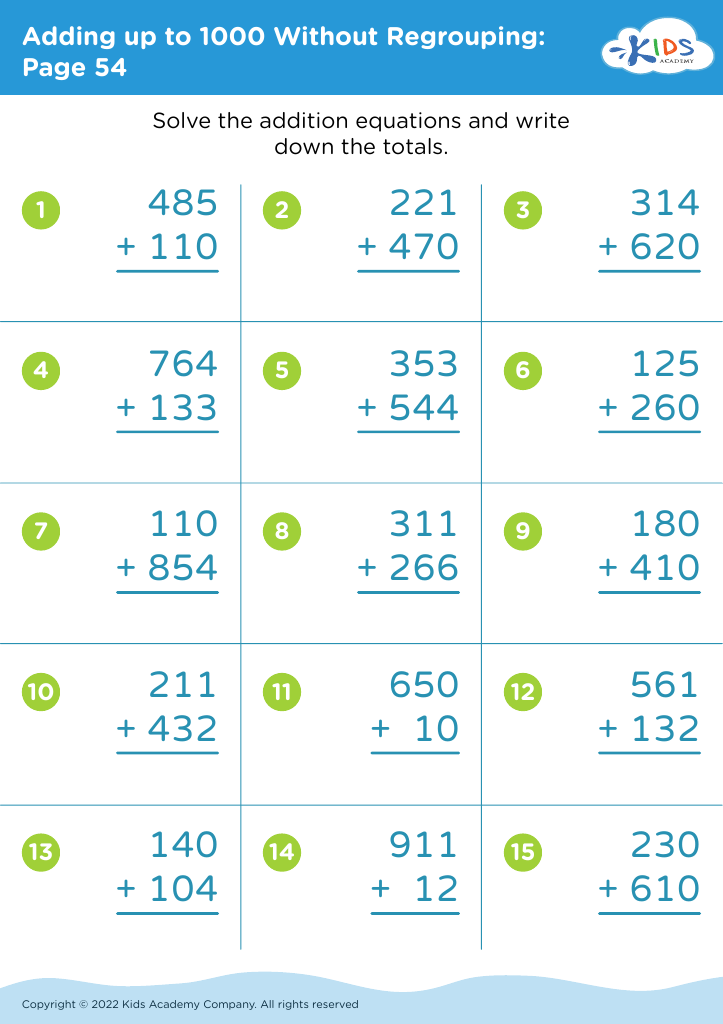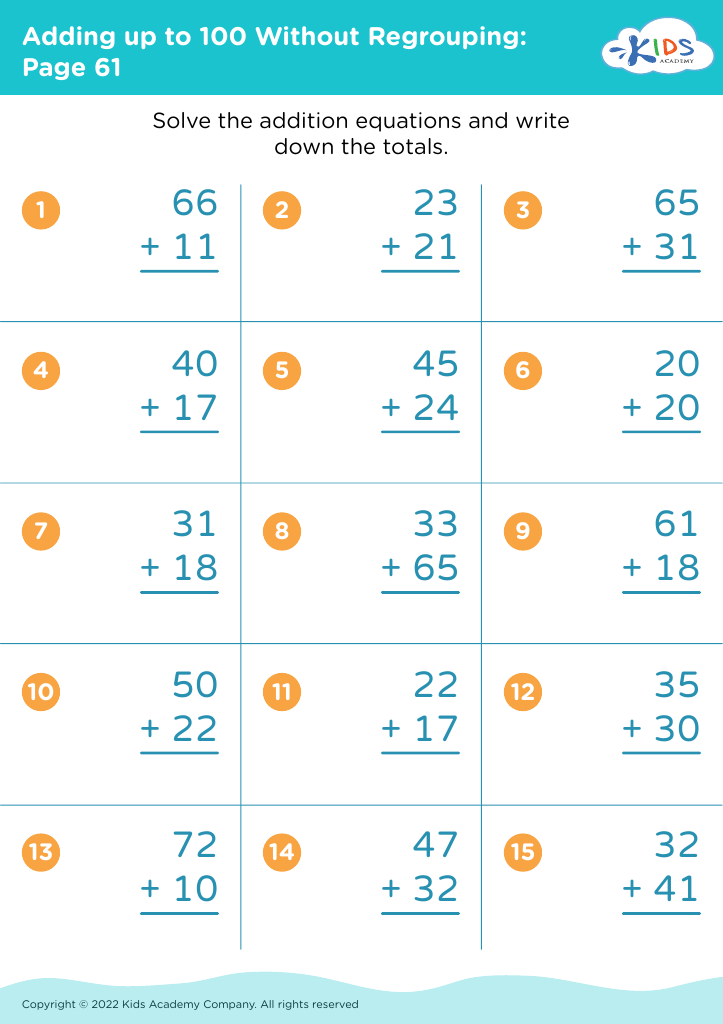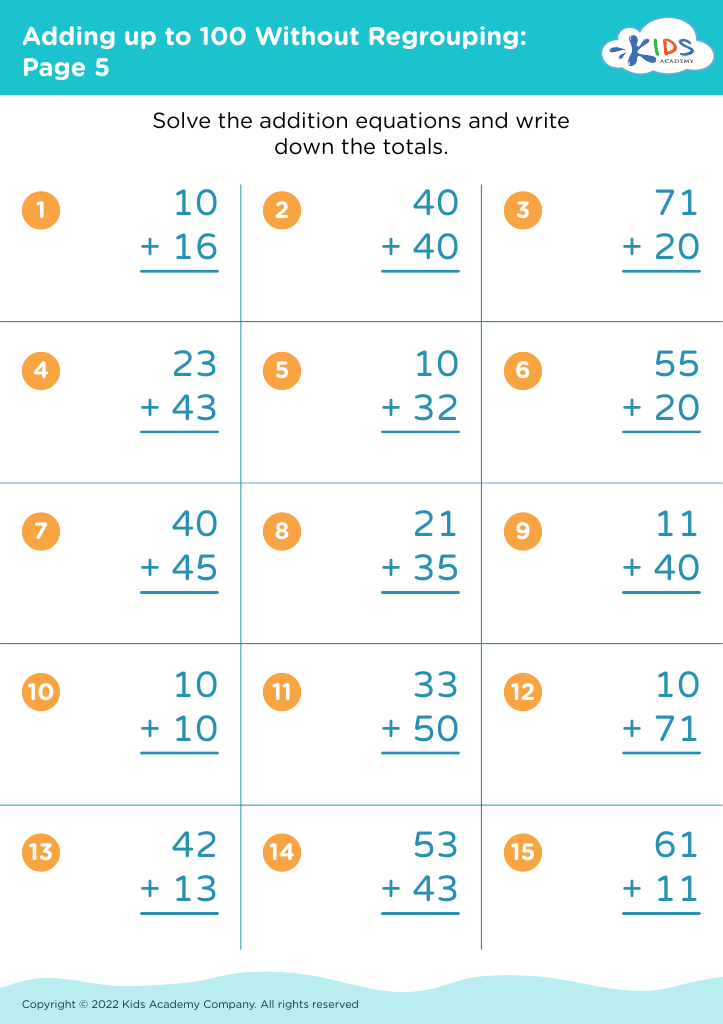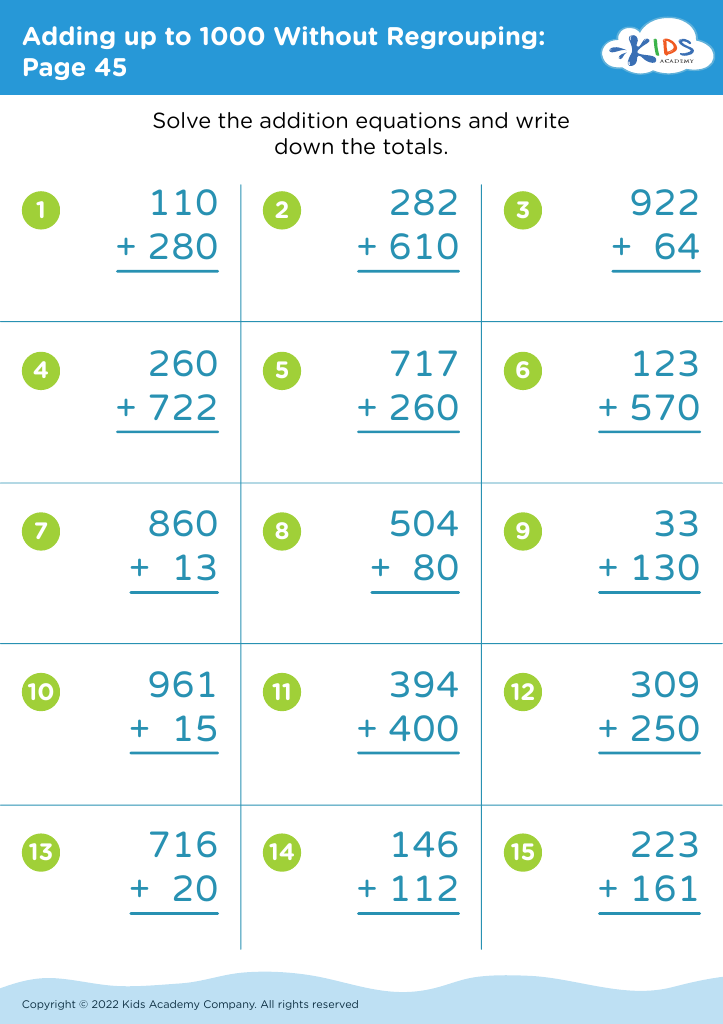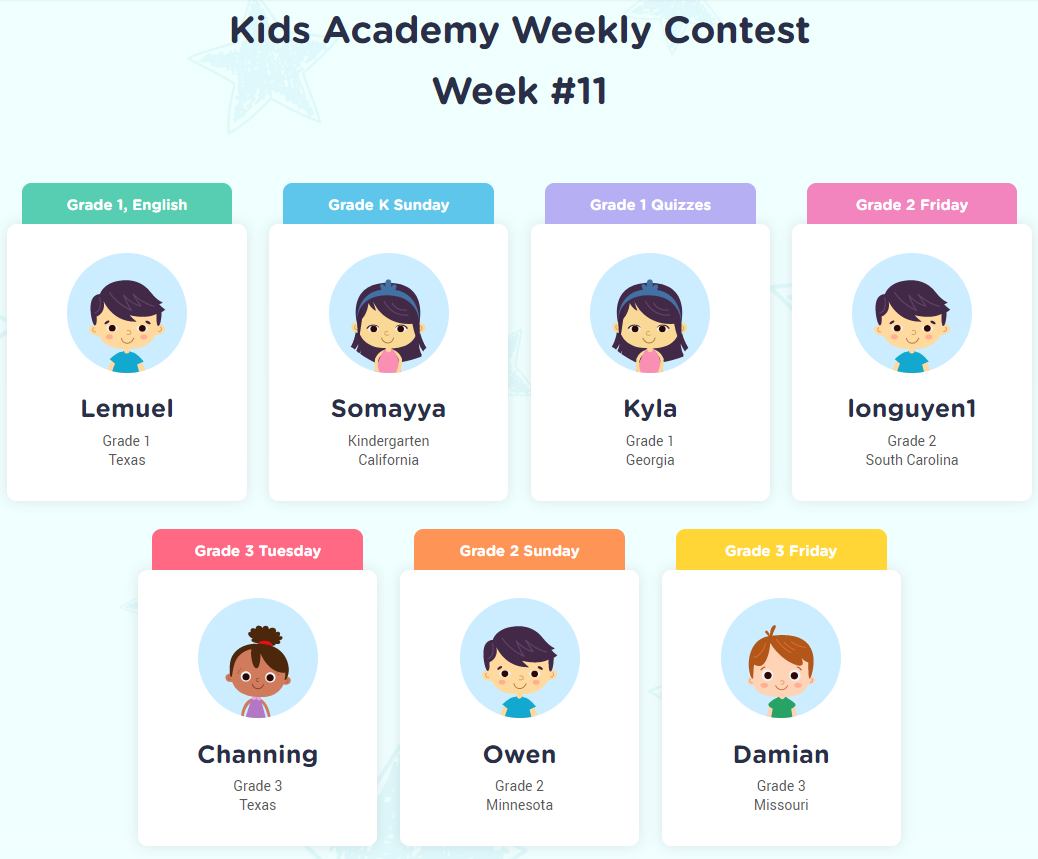Understanding division Math Worksheets for Ages 7-9
8 filtered results
-
From - To
Unlock a world of math mastery with our "Understanding Division Math Worksheets for Ages 7-9." Designed by expert educators, these engaging worksheets help children grasp the concept of division through fun exercises and real-life scenarios. Perfect for 2nd and 3rd graders, these printable resources introduce division in a clear, step-by-step manner, reinforcing skills with plenty of practice problems. Ideal for both classroom use and at-home learning, our worksheets build a strong foundation in division, boosting confidence and proficiency in math. Give your child the tools they need to succeed in math with Kids Academy! Discover more today.
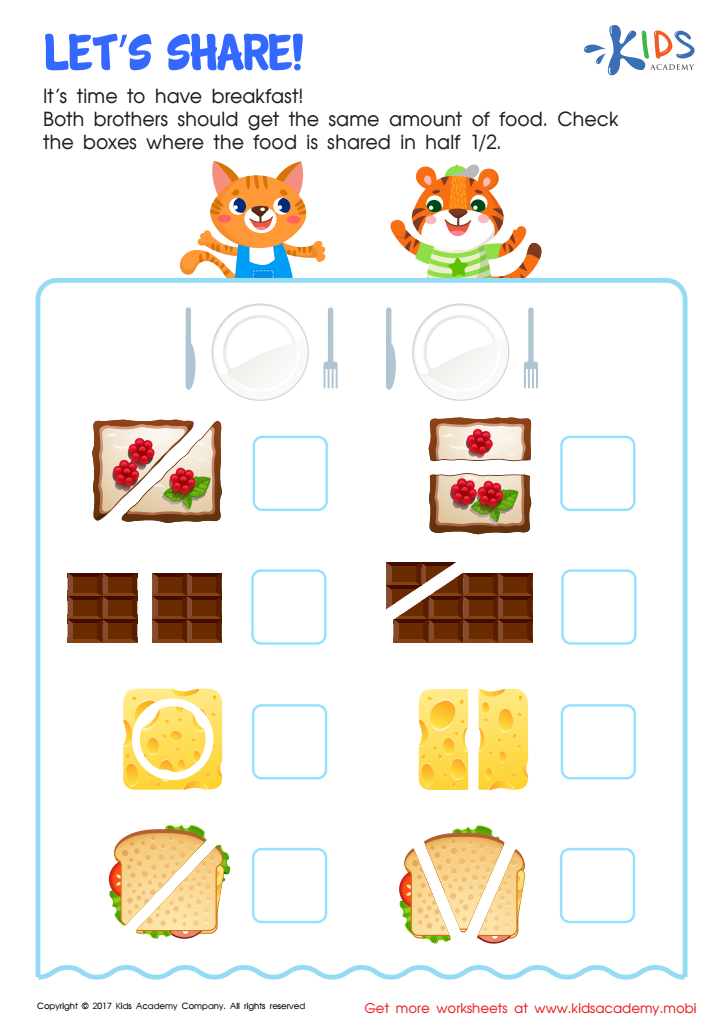

Let's Share Worksheet
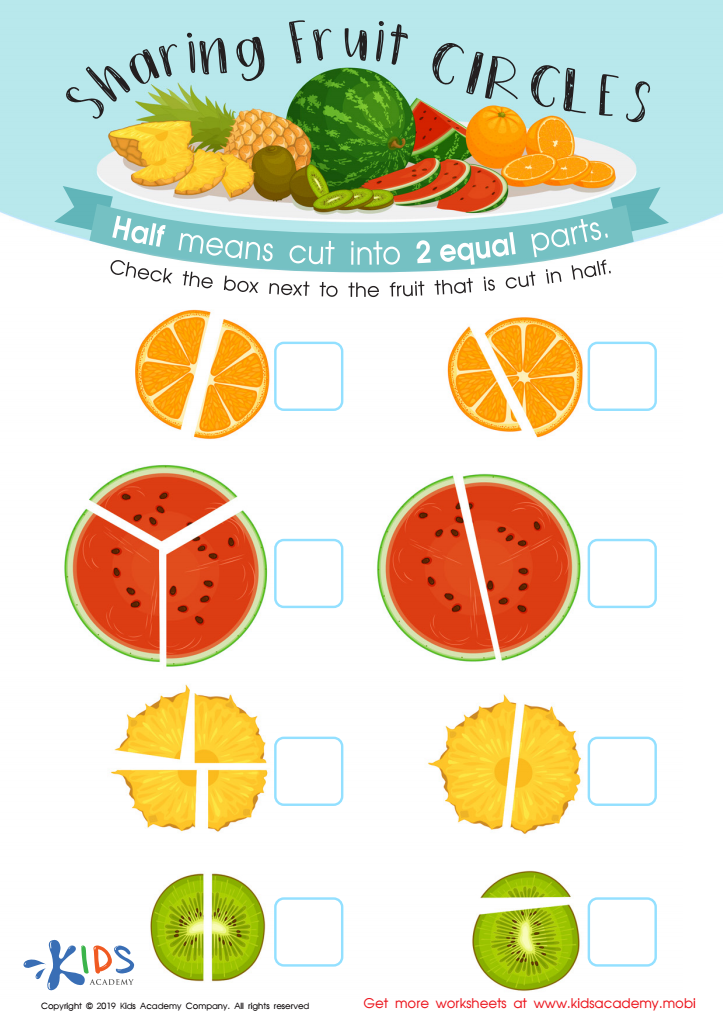

Sharing Fruit Circles Worksheet
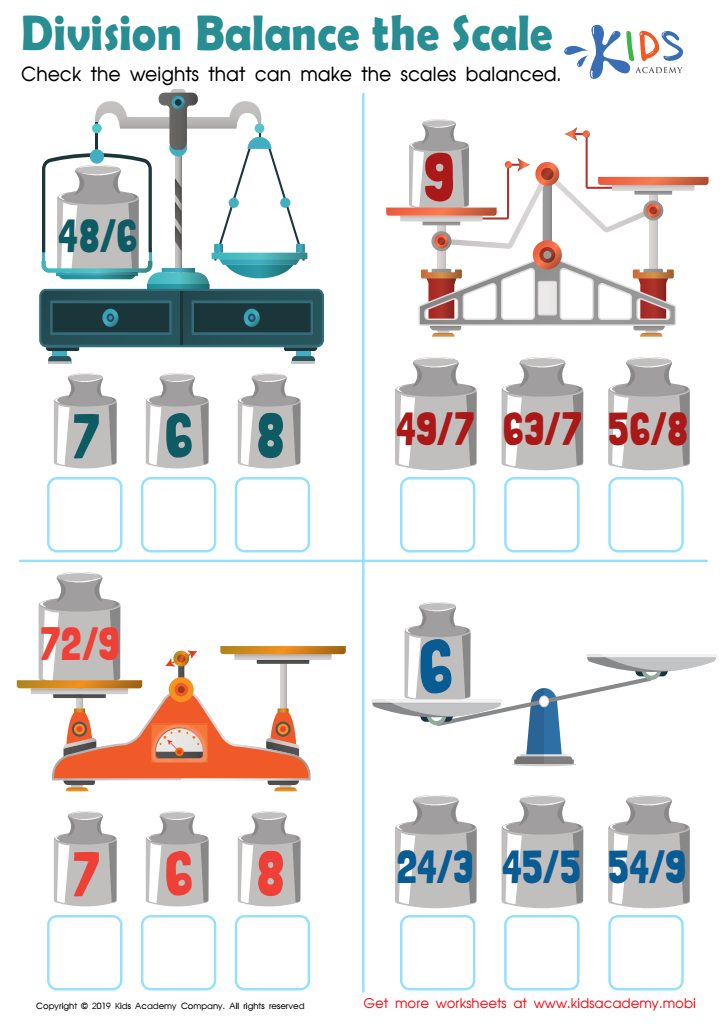

Division Balance the Scale Worksheet
Understanding division in math is crucial for children aged 7-9 as it lays the foundation for advanced mathematical concepts and problem-solving skills. At this age, children transition from concrete to more abstract thinking, making it the ideal time to introduce division.
First, division is a fundamental operation used in various aspects of daily life, such as sharing equally, dealing with money, and understanding time. A solid grasp of division ensures children can apply these skills practically, promoting independence and confidence.
Second, understanding division enhances cognitive development. It involves recognizing patterns, logical reasoning, and critical thinking. Concepts like remainder and fair sharing require children to move beyond rote memorization, fostering deeper comprehension and analytical thinking.
Furthermore, division is intricately linked with other mathematical operations like multiplication, fractions, and ratios. Mastering it early ensures a smoother transition to more complex topics in later grades, building a robust mathematical framework.
Lastly, fostering a positive attitude towards math is vital. Early difficulties can lead to math anxiety, which severely impacts academic performance and self-esteem. Ensuring children understand division through engaging, hands-on activities can make learning enjoyable, cultivating a lasting love for math. Hence, parents and teachers play a crucial role in making division an engaging and comprehensible aspect of a child's education.
 Assign to My Students
Assign to My Students

